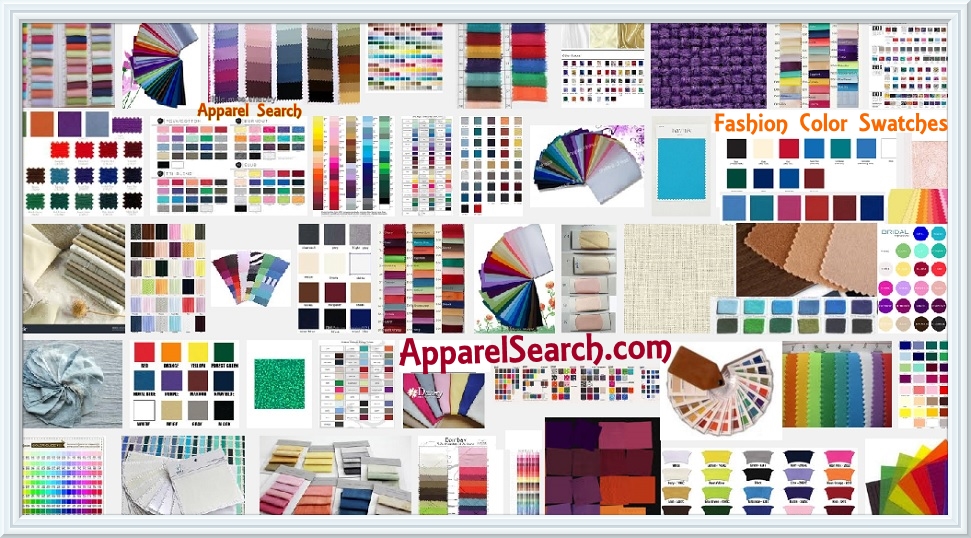First let’s start with the concept of color. Color is the visual perceptual property corresponding in humans to the categories called red, blue, yellow, green, etc. Color derives from the spectrum of light (distribution of light power versus wavelength) interacting in the eye with the spectral sensitivities of the light receptors. Color categories and physical specifications of color are also associated with objects or materials based on their physical properties such as light absorption, reflection, or emission spectra. By defining a color space colors can be identified numerically by their coordinates. The science of color is sometimes called chromatics, colorimetry, or simply color science. It includes the perception of color by the human eye and brain, the origin of color in materials, color theory in art, and the physics of electromagnetic radiation in the visible range (that is, what we commonly refer to simply as light).
Because perception of color stems from the varying spectral sensitivity of different types of cone cells in the retina to different parts of the spectrum, colors may be defined and quantified by the degree to which they stimulate these cells. These physical or physiological quantifications of color, however, do not fully explain the psychophysical perception of color appearance.
Paint companies, furniture companies, and yes fashion companies rely heavily on color.
OK, that sounds simple enough… Now let’s discuss something even more simple for us garmentos to understand. The swatch.
What is a swatch?
A swatch is essentially a sample strip cut from a piece of material. It is a small piece of cloth or textile material used as sample of the fabric.
Typically fabric is produced in large rolls. If the mill wants to keep record of what was produced, they can cut a small piece of the fabric and keep the swatch for their records. Mills, wholesalers, and retailers, utilize swatches to show potential buyers an example of their product. They can also be used by designers for merchandising purposes such as creating trend boards, etc.
What is a color swatch?
A color swatch is a sampling of color on some sort of substrate such as paper or cloth. It is used as an example for product already produced or it can be used as part of the production process for color review and approvals. In regard to textiles and clothing, it is typically best to review a color swatch made of actual fabric. However, using color swatches on paper is also an important tool used by the industry. Apparel Search suggests using actually fabric swatches as much as possible rather than paper.
Previously Produced Product:
Color swatches can be used by owners of fabric or clothing to show an example to potential buyers. Let’s take for example, a fabric supplier in North Carolina that is trying to sell several large rolls of fabric to a sewing factory in Los Angeles, California. The buyer wants a very particular shade of blue and the mill says they have the exact color. Rather than simply trust the mill, the buyer requests the mill to send a fabric color swatch in the mail. This allows the buyer to see the exact color of the swatch.
It is important to note that every roll of fabric produced may have shade variances from the previously produced roll. There are many factories to be considered from one dye lot to the next. If a factory is purchasing several large rolls, they may wish to review a swatch from each dye lot.
The above example is regarding a fabric supplier, but the similar method would hold true for garment suppliers as well. If a suit manufacturer was asked to show a buyer an example of the fabric that they used to make their suits, they would most likely not sending the buyer an actual suit in the mail. They will send a small color swatch for buyer review (it is best to not cut the swatch from the actual garment which would ruin the item; the suit factory would save production fabric for swatching purposes)
Pre-production & Final Production Process:
Although color can be reviewed in various ways (paper swatches, fabric swatches, digital review, etc.) Apparel Search prefers the use of fabric whenever it is possible. Paper can be used in the earlier stages of the production process, but fabric is optimal. In general, fashion designers can use a paper color swatch for initial color discussions, and move to fabric swatches as we move through the pre-production process. Again, use fabric for the entire process if that is possible for your particular project.
It is important to note that when in discussions with clothing factories you should require that when they submit color swatches for approval, they submit with the proper fiber content and fabric construction that you plan to use for final production. For example, you don’t want your dye house to submit to you a color swatch for final color review approval on polyester if your production is planned to be in cotton. You would want them to submit color swatches in the same fiber that they will use in actual production. Also, you don’t want to see the color swatch in twill if your final product will be flannel.
Seeing the color on an actual fabric swatch is the best way to review. It should be on the same content and quality of swatch that you plan on using for the clothing.
You may have fun with the Adobe Color Wheel and the color reflex tester.
The apparel industry has companies that provide the service of swatch making. You may want to view the fabric swatch card manufacturers section for possible resources.
ML101315
You may want to learn more about fashion colors here in our terms section. Also, learning a little about color measurement could not be a bad idea.
Thank you for using the Apparel Search website.
